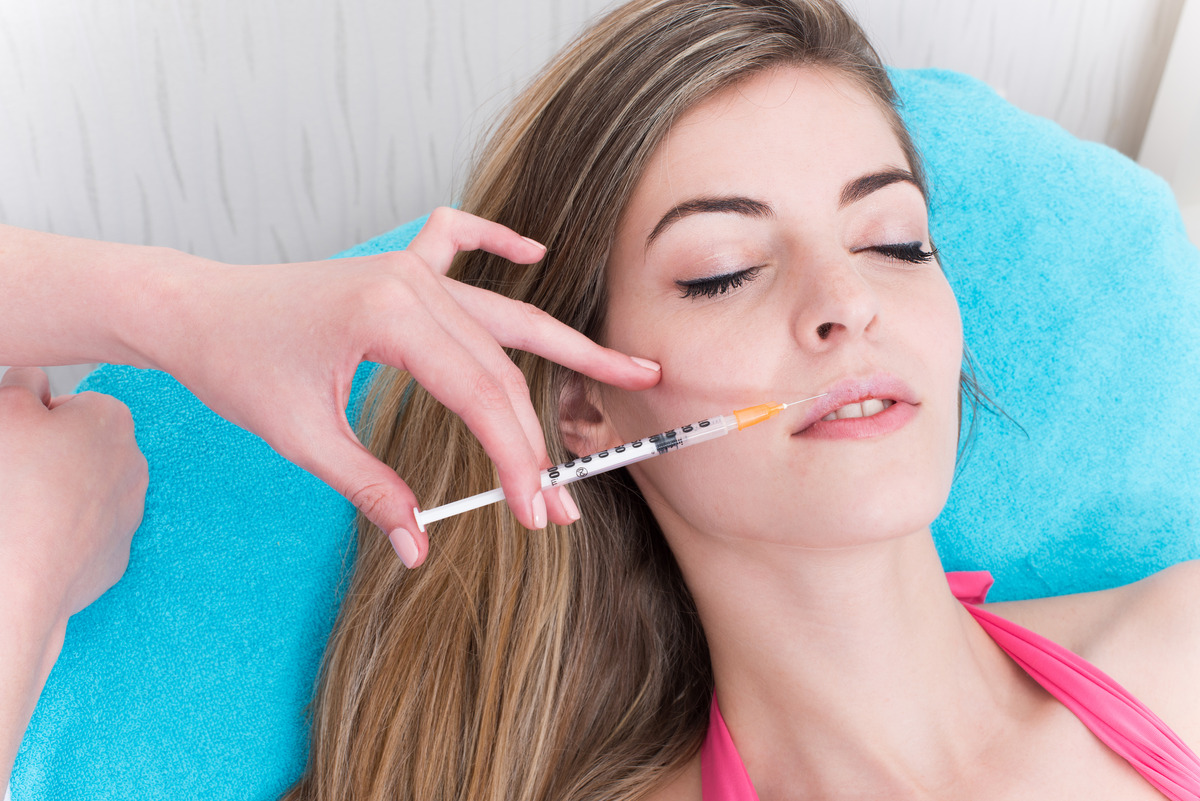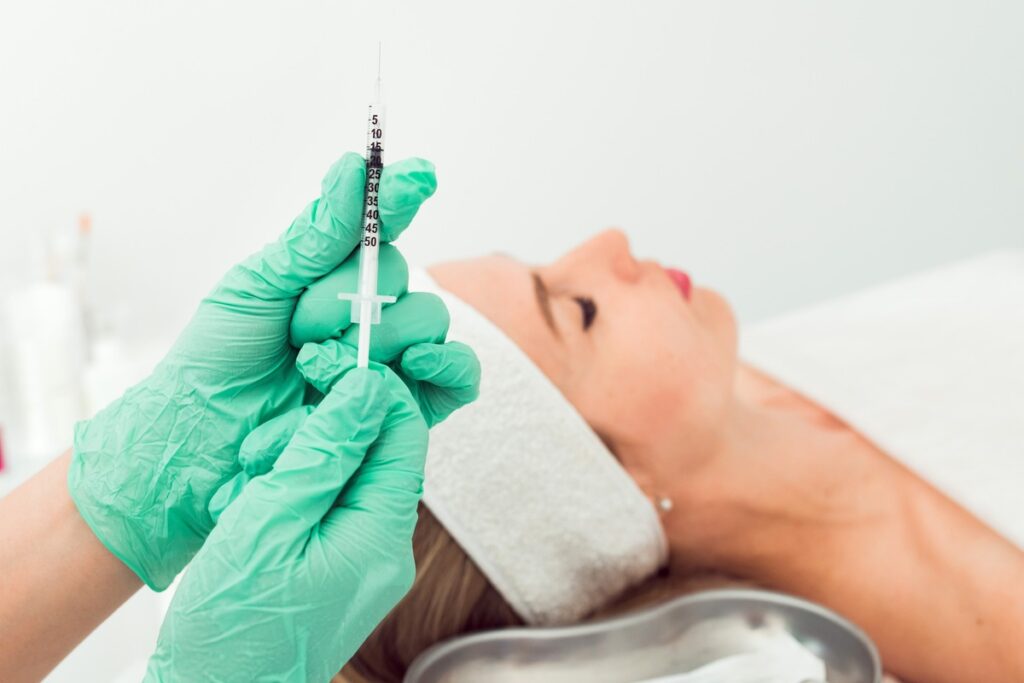Botox in Lifestyle Medicine has long been used for aesthetic uses. But now, Non-Aesthetic Botox Uses are being explored.
Doctors are finding new Botox Applications:
- Excessive sweating
- Chronic migraines
- Overactive bladder
- Neck and shoulder muscle spasms
Botox in Lifestyle Medicine injections can help by temporarily weakening the targeted muscles or glands for these Non-Aesthetic Botox Uses. While using Botox for looks is still popular, Botox Applications in Lifestyle Medicine are becoming more common to improve how people feel or their quality of life.
Therapeutic Uses of Botox
Therapeutic Botox injections are now used to treat different medical issues, not just for looks. These therapeutic uses mean Botox can now help with more than just wrinkles.
- Botox for Migraines: For people with frequent migraines, Therapeutic Botox injections in the head and neck can help stop future migraine headaches by blocking the signals that cause pain.
- Botox for Muscle Spasms: Botox injections can relax muscles that are too tight or cramping. It makes those muscles unable to squeeze or tighten up for a while. This helps stop neck muscles from cramping and eye muscles from squinting or blinking too much.
- Botox for Hyperhidrosis: Giving Therapeutic Botox injections in sweaty areas can temporarily stop the sweat glands from working, reducing severe sweat under the arms or on the hands and palms.
Botox in Pain Management
Botox is a medicine that can help with certain kinds of long-lasting pain. It works by loosening tight muscles and stopping pain signals from nerves for a short time. Botox injections may sometimes be used to prevent chronic migraine headaches, reduce excessive sweating, treat overactive bladder, and relax tight, contracted muscles in disorders like cerebral palsy or after a stroke
Botox for TMJ Disorders: For people with TMJ (temporomandibular joint) disorders, Botox injections in the jaw muscles can help with jaw pain, headaches, and not being able to open the mouth all the way. This is because Botox relaxes the overly tight jaw muscles that cause these TMJ symptoms.
Botox for Neuropathic Pain: Botox injections can also help reduce neuropathic pain, which is pain caused by damaged or dysfunctional nerves. Conditions like diabetic nerve pain, trigeminal neuralgia (facial nerve pain), and post-herpetic neuralgia (shingles pain) may improve with Botox. It blocks the nerves from releasing chemicals that transmit pain signals.
Preventive Applications of Botox
Preventive Applications of Botox injections can help prevent some long-lasting chronic conditions from getting worse. Doctors use preventive Botox injections to try and stop problems before they become severe.
Botox for Preventing Chronic Migraines: For people who get frequent migraine headaches, regular Botox injections around the head and neck muscles can help prevent chronic migraines from happening as often. This can stop migraines from becoming a severe, ongoing problem.
Botox for Preventing Excessive Sweating: People with hyperhidrosis have a condition that causes excessive sweating, even without exercise or heat. Preventive Botox injections in the areas with too much sweating can temporarily block the sweat glands to prevent drastic over-sweating.
Other Preventive Uses Botox is also sometimes used for prevention to:
- Treat overactive bladder before it leads to incontinence
- Relax muscles to prevent worsening spasticity from chronic conditions like cerebral palsy
- Stop muscle contractions that can cause movement disorders like cervical dystonia
Botox for Mental Health Conditions
New research is looking at using Botox for treating some mental health issues like depression and anxiety. The science shows Mental Health Botox may potentially help improve these conditions in certain cases.
- Botox for Depression: Studies found that Botox injections to temporarily paralyze frown muscles between the eyebrows can sometimes improve symptoms of depression. Not being able to frown seems to promote more positive facial expressions and mood.
- Botox for Anxiety: There is also early research on using Botox injections in the scalp, face, and neck muscles to reduce physical anxiety symptoms like muscle tension, headaches, and sweating. Relieving these physical issues may help lower overall anxiety levels.
How It Works
The mental health benefits likely relate to the mind-body connection. By relaxing facial muscles used for negative expressions, Botox may disrupt feedback loops between facial muscles and brain centers involved in mood and anxiety.
Potential Benefits
While still an emerging area, the science behind mental health Botox shows potential to improve certain symptoms for some patients with depression, anxiety, and related disorders. If proven effective, Botox could provide a new treatment option for some types of depression, anxiety, and related conditions, especially cases that don’t respond well to current therapies.
Enhancing Quality of Life with Botox

Botox shots can help people live better lives by making symptoms better for different health issues, Botox may allow people to feel good physically and mentally.
Botox Quality of Life: For long-lasting pain like migraines, jaw joint (TMJ) issues, or nerve pain, Botox can make the pain less bad. Having less pain can mean better sleep, more energy, and being able to enjoy everyday things.
Lifestyle Botox: People who sweat too much (hyperhidrosis) may avoid some situations because they feel embarrassed. Lifestyle Botox injections that reduce heavy sweating can allow more confidence and freedom to do things.
Botox Benefits: For Movement Issues like neck muscle tightness (cervical dystonia) or muscle tightness after stroke/injury can make it very hard to move and do things alone. Botox helps relax the overly tight muscles.
Mental Health Improvements: Some research even suggests certain Botox injections could help make depression, anxiety, and overall mental well-being better for some people.
Conclusion
At first, Botox was only used to help with muscle cramps and wrinkles. But now, doctors are looking at using it for many other health reasons besides just looks.
Research shows Botox shots may help with bad migraines, too much sweating, bladder issues, and maybe even feeling depressed or anxious. By relaxing certain muscles for a little while, Botox can make these health problems better.
As more research is done, doctors may find new ways to use Botox for different health needs. Botox could help people feel better mentally and physically. But only doctors who know how to give Botox properly must do the injections. This keeps Botox treatments safe for patients.
FAQ Related To Botox in Lifestyle Medicine
How does Botox work for chronic migraines?
Botox stops the chemicals that cause migraine pain and tight muscles. This can prevent migraine headaches.
Can Botox be used to manage muscle spasms effectively?
Yes, Botox relaxes muscles by stopping nerve signals. This helps reduce muscle spasms and stiffness.
What is the role of Botox in treating hyperhidrosis (excessive sweating)?
Botox temporarily blocks the sweat glands, reducing too much sweating under the arms.
How does Botox help with pain management, such as TMJ disorders and neuropathic pain?
Botox relaxes overactive muscles that can cause jaw pain and nerve pain.
Is Botox effective in preventing certain medical conditions from worsening?
For some conditions like overactive bladder, Botox can relax muscles so it doesn’t get worse.
How can Botox improve mental health conditions like depression and anxiety?
Some studies show Botox may help by relaxing face muscles linked to negative feelings.
Are there any lifestyle benefits of using Botox beyond aesthetic improvements?
Reducing sweating, pain, and stiff muscles can make daily activities and life better.

